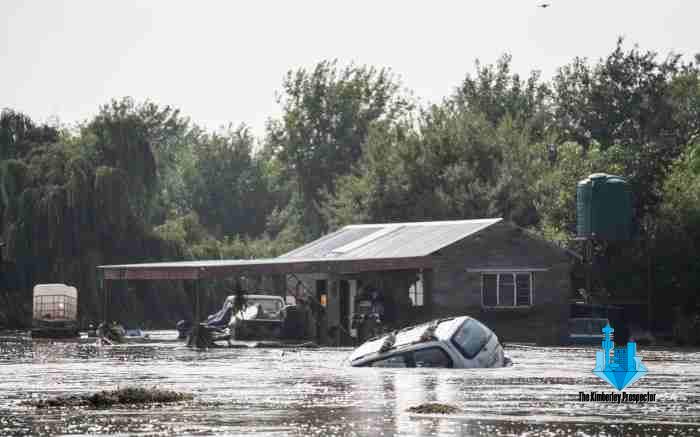With little to no warning, Farney Smith and hundreds of other families living along the Vaal River in Gauteng, South Africa were forced to evacuate their homes and flee to higher ground in the face of a devastating flood. It all started as an ordinary Saturday, but within two hours, their world was turned upside down. Millions of litres of water were sent cascading downstream, destroying homes and properties in the low-lying areas.
Residents have since expressed that the tragedy could have been easily avoided – the continuous rainfall and rising dam levels should have been a signal to gradually open the sluice gates in the weeks prior. But instead, 12 of the dam’s 60 sluice gates were opened all at once, leaving the residents with less than two hours to evacuate their homes and save whatever they could.
The Veal and Bloom off dams have earth-filled walls that shouldn’t be allowed to overflow, which is why sluice gates are opened – to release water and protect the integrity of the wall. But the decision to open the gates was all too sudden, and the river came down with a biblical vengeance.
It seems that urgent information didn’t reach the locals in time, and they were left to bear the brunt of a man-made disaster. The Department of Water and Sanitation admits that it could do more to inform the public – but it also adds that those affected shouldn’t have built below the 100-year flood line, which indicates the likely level of water during a hundred-year flood.
Experts believe that the flood line on the Vaal has moved because of global warming and continued urbanization – but these are natural floods, not those caused by the sudden opening of sluice gates.
The tragedy of the Vaal River floods serves as a reminder of the importance of proper communication and planning to avoid disasters. With proper communication and planning, Farney Smith and hundreds of other families living along the Vaal River would not have had to face such devastation.
